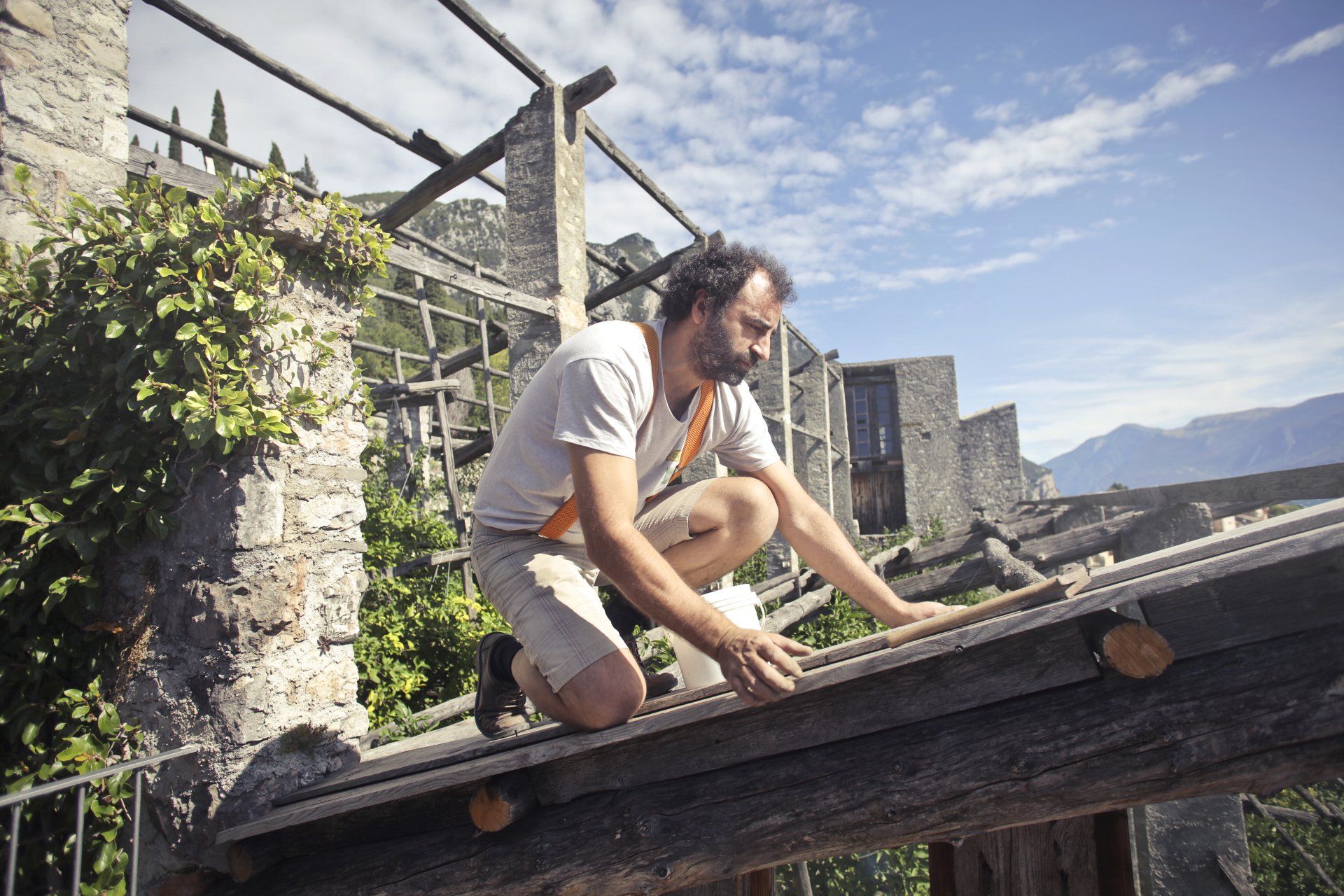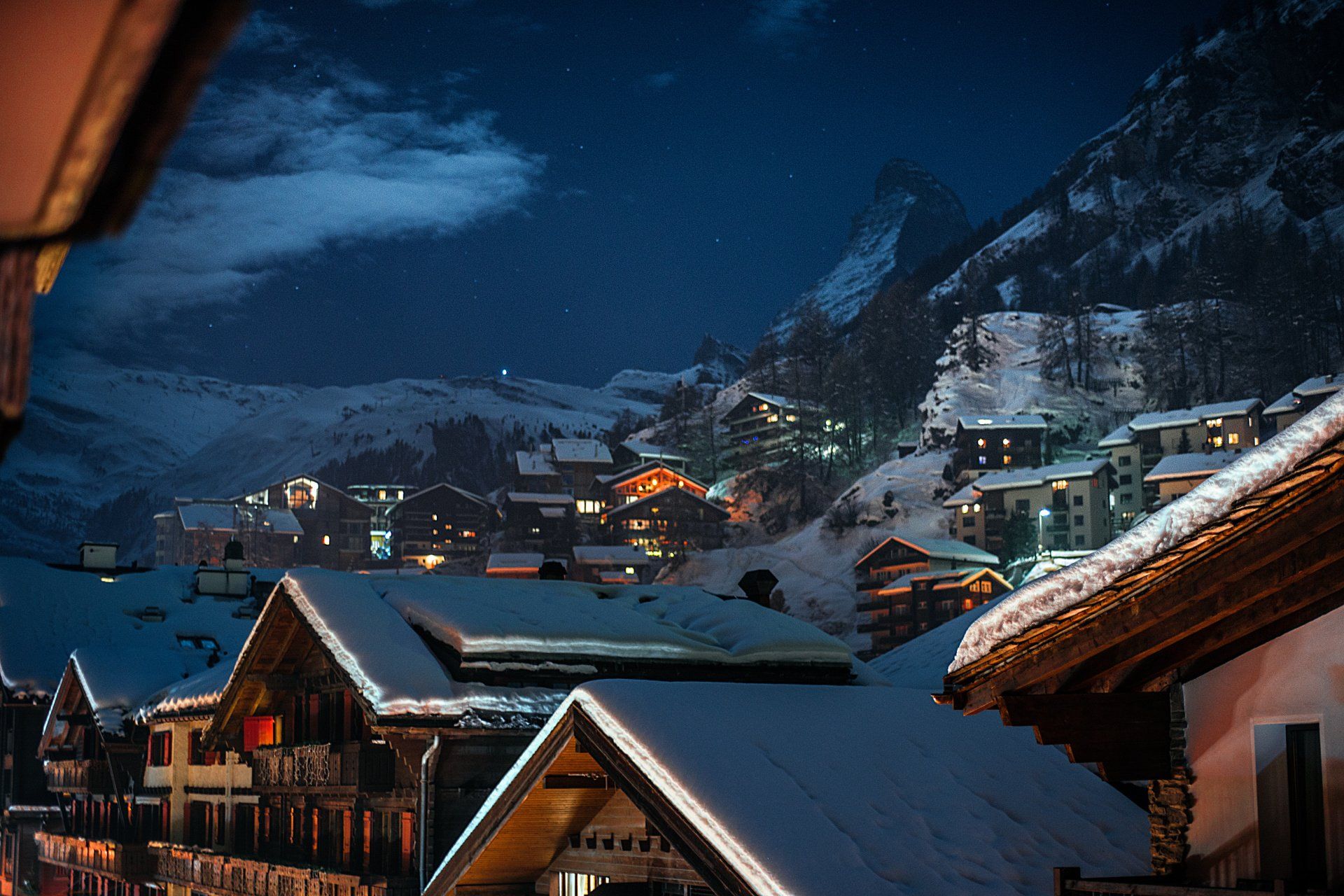Blog
How to prevent problems with flat roofs?
If you're the proprietor of a home that has flat roofs, you're aware that flat roofs could provide some significant advantages regarding aesthetics and energy efficiency. Additionally, an additional outdoor space? We're in! It's great, but flat roofers need to be extra careful to avoid roofing leaks and damage and other issues. A leak on flat roofs can cause a collapse and a lot of property damage if you're not cautious. But you can stay clear of the majority of these issues through regular maintenance.
To begin, let's clear the common misconception that flat roofs aren't really flat. If flat roofs are properly constructed, it's going to have a slightly inclined slope. This helps prevent the water from pooling on your roof. It's just an extremely slight slope that it's almost invisible to the untrained eye.
Rainwater is a serious danger to a flat or low-sloped roof. Contrary to steeply sloped roofs, flat roofs don't necessarily have the force of gravity to transport runoff to the ground. Drainage systems on flat roofs are often overwhelmed with debris falling down. Anytime there's standing water on the roof, there will be issues. The weight of water on your roof can weigh it down and can cause it to fall. In addition, standing water gives the opportunity for leaks to form, particularly in hairline cracks which could develop over time due to constant exposure to water. Here's how to safeguard your roof and make it the most enjoyable life to date.
Examine and Clean Gutters Frequently--Even if You Have Leaf Guards
The rainwater outlets on your roof's drainage system could be blocked by wind-blown debris, particularly in the height of autumn when leaves are falling quickly. Installing a guardrail on your gutters may assist a bit; however, don't expect it to stop blockages on its own.
If you're the owner of a flat-roofed home, it is essential to carry out regular maintenance on the drainage system of your roof for you to make sure that the water is getting where it's supposed to go.
Sweep Leaves and Dirt Off the Roof Regularly
The roof is not the place to let a tree grow; however, there is a reason why certain flat roofers have seen their saplings sprout after letting their roof maintenance take too long. A clean sweep of a broom will solve the issue and can make your home appear more attractive, too!
Replace Your Roof Every Ten Years
Roofers often advise homeowners that, barring unexpected events, the new roof should last about fifteen years.
Due to their continuous exposure to humidity and stagnant water, flat roofs do not last as long as sloped roofing. Flat or low-sloped roofs will require a complete roof replacement every 10 years, so plan your budget accordingly.
Make sure your roof is sealed with a waterproof coating.
The waterproofing process is a crucial element of flat roofing. Tile, asphalt and various other materials are porous, which increases the possibility of leaks, mold and water damage if you have inadequate drainage in your roofing. A waterproof sealant will help protect your roof. Actually, the majority of flat roofs are coated with waterproof coatings that resist water.
It's more complex than simply putting on a sealant and then enjoying your day. Lack of even coatings or using the wrong sealant can do more damage than it's worth. Also, it is important to clean the roof to prevent dirt and debris from forming a mixture into the sealant. The roof must be dry and free of moisture beneath the coating as it could cause problems like mold and rot eventually. It may be beneficial to have the roof checked by a professional prior to attempting to add sealant since they could find damages or other issues that could make your sealant fail.

FOLLOW US
Tough Roofing Vancouver, BC




